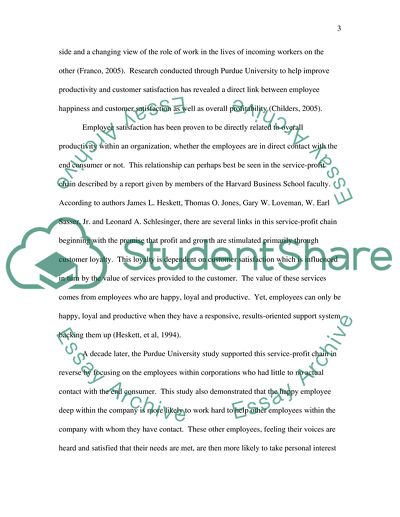Cite this document
(Today's Employees Crave for Additional Responsibility Coursework, n.d.)
Today's Employees Crave for Additional Responsibility Coursework. Retrieved from https://studentshare.org/human-resources/1721264-human-resources-management
Today's Employees Crave for Additional Responsibility Coursework. Retrieved from https://studentshare.org/human-resources/1721264-human-resources-management
(Today'S Employees Crave for Additional Responsibility Coursework)
Today'S Employees Crave for Additional Responsibility Coursework. https://studentshare.org/human-resources/1721264-human-resources-management.
Today'S Employees Crave for Additional Responsibility Coursework. https://studentshare.org/human-resources/1721264-human-resources-management.
“Today'S Employees Crave for Additional Responsibility Coursework”, n.d. https://studentshare.org/human-resources/1721264-human-resources-management.


